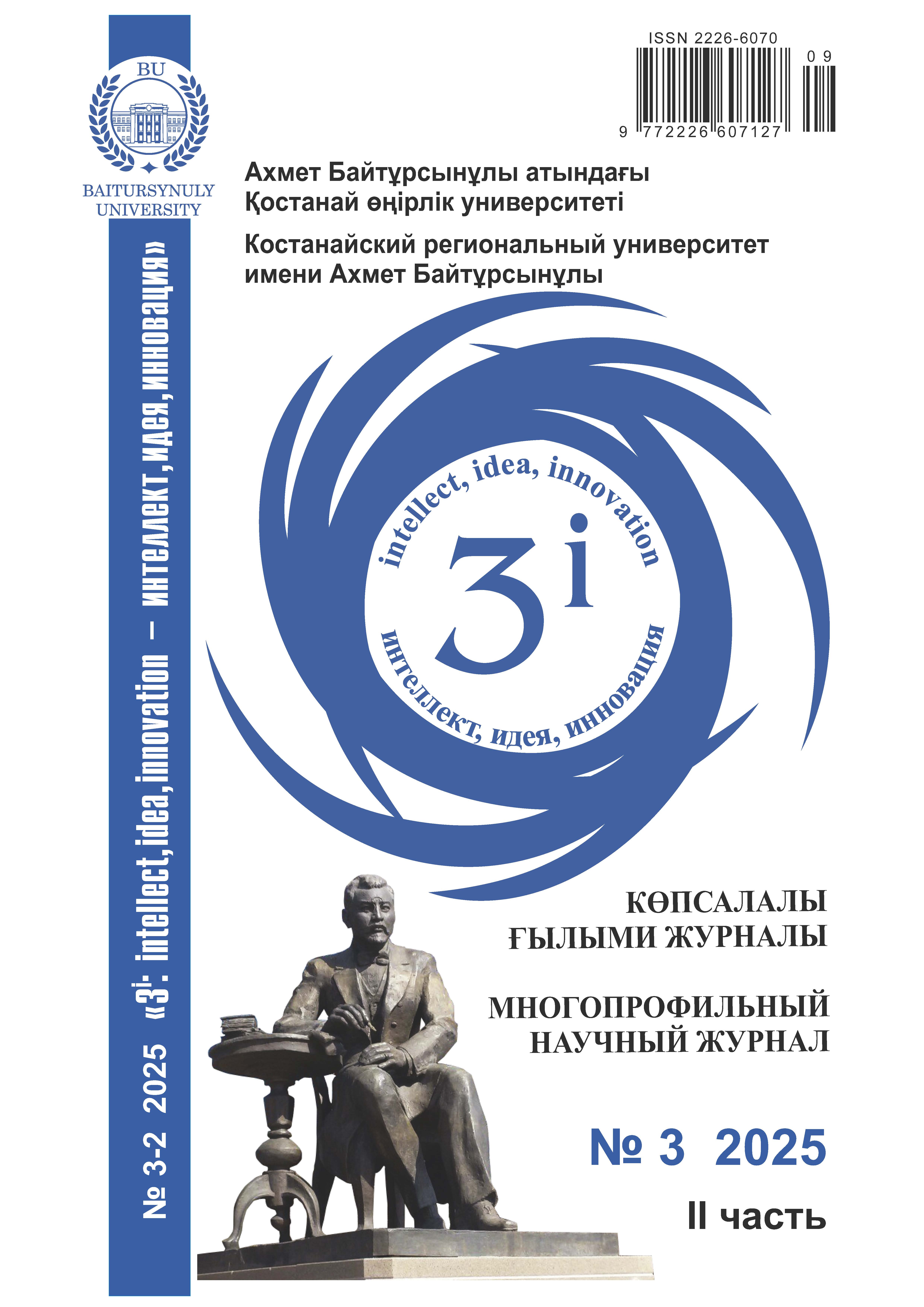DIDACTIC GOALS OF USING INFORMATION AND COMMUNICATION TECHNOLOGIES IN PHYSICS LESSONS
DOI:
https://doi.org/10.52269/KGTD25325Keywords:
Teaching Physics, Didactic goal, Information and Communication Technology, Bibliographic analysis, VOSviewerAbstract
This study aims to identify and systematize the didactic goals of using information and communication technologies (ICT) in physics education through content analysis of 16 peer-reviewed scientific publications indexed in the Scopus database. The analysis focused on the implementation of various ICT tools, including virtual laboratories, mobile applications, educational platforms, and digital modules. The primary didactic objectives of ICT integration encompass bridging theoretical and practical learning, developing STEM competencies, enhancing mathematical and scientific literacy, and adapting instruction to students' individual and regional needs. Virtual laboratories, such as physical process simulators, play a crucial role in modeling complex phenomena and ensuring experimental accessibility in resource-limited environments. The use of mobile technologies and global educational networks contributes to increased student interest, engagement, and orientation toward scientific and engineering careers. Research findings indicate that ICT enhances learning outcomes; however, its application is accompanied by several challenges. Key issues include insufficient teacher training, limited access to modern technologies in schools, and information overload among students. To address these barriers, the study recommends professional development for educators, improved infrastructure access, and the design of more user-friendly digital resources. In conclusion, the integration of ICT into physics teaching not only modernizes educational practices but also equips students with essential skills for successful adaptation in a rapidly evolving world. These findings underscore the importance of further research into the development and optimization of educational technologies.




